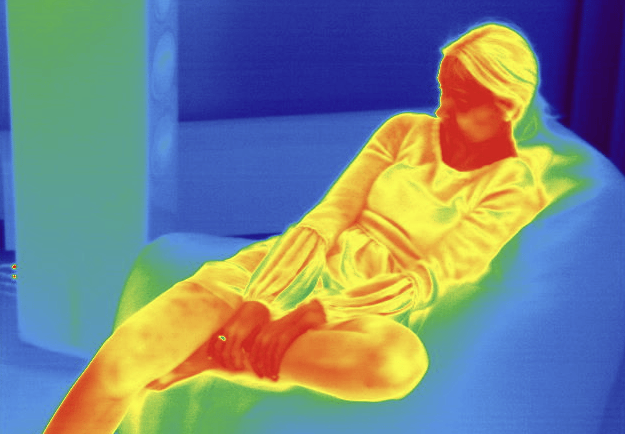Anomaly Detection: Thermal Imaging's Sixth Sense
Identifying unusual thermal patterns that may indicate potential threats, equipment malfunctions, or other critical events
Rytis BURACAS
5/2/20252 min read


Hey everyone! You know thermal imaging is great for seeing heat, but what if it could also spot things that are...weird? That's where anomaly detection comes in. It's like giving your thermal camera a sixth sense!
Beyond the Ordinary: Finding the Unusual
Imagine you're using thermal imaging to monitor a factory. Everything is running smoothly, with machines humming at their usual temperatures. But then, you see a hotspot that's much hotter than it should be. That's an anomaly!
Anomaly detection in thermal imaging is all about identifying these unusual thermal patterns that deviate from the norm. It's like finding the one kid in class who's wearing a winter coat in July.
Why is Anomaly Detection Important?
Anomalies can be red flags, indicating potential problems:
Threats: In security, an unexpected heat signature could mean someone's where they shouldn't be.
Malfunctions: In industry, a sudden temperature change in a machine could signal an impending breakdown.
Problems: In medicine, unusual heat patterns in the body could point to a health issue.
How Does It Work?
There are a few ways to spot anomalies:
Threshold-Based: This is the simplest method, where you set a temperature limit. Anything above that limit is flagged as an anomaly.
Statistical: This method looks at the overall temperature distribution and identifies data points that are far from the average.
AI-Powered: The coolest method! AI algorithms can learn what "normal" looks like and then detect even the subtlest deviations from that norm.
AI to the Rescue: Thermal Imaging Gets Smart
AI is a game-changer for anomaly detection in thermal imaging. By training on vast amounts of thermal data, AI can:
Learn Complex Patterns: AI can understand what's normal for a specific scene or system, even with complex temperature variations.
Detect Subtle Anomalies: AI can spot anomalies that traditional methods might miss, such as a slight but significant temperature increase.
Reduce False Alarms: AI can differentiate between harmless variations and true anomalies, minimizing annoying false alarms.
Applications: Spotting Trouble Before It Happens
Anomaly detection in thermal imaging is used in many fields:
Predictive Maintenance: Detecting overheating in machinery before it fails, saving time and money.
Security: Identifying unusual heat signatures that could indicate intruders or suspicious activity.
Quality Control: Finding defects in products by spotting abnormal thermal patterns.
Medical Diagnosis: Detecting inflammation or other thermal indicators of disease.
Anomaly detection is like giving thermal imaging an extra layer of intelligence, enabling it to not only see heat but also understand what's normal and what's not. This technology helps us to proactively address potential problems, making our world safer, more efficient, and healthier.
--- end ---
